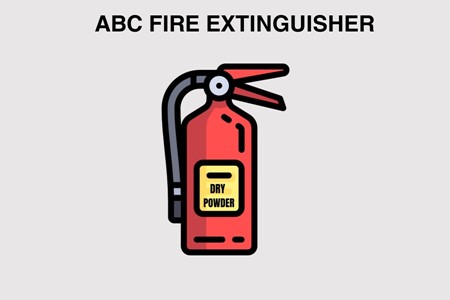
Monoammonium phosphate (MAP) is a chemical compound commonly used in fire extinguishers as an extinguishing agent, especially in Class A, Class B, and Class C fires. Here's how it works and its use in fire extinguishers:
Class A Fires: Monoammonium phosphate is effective for extinguishing Class A fires, which involve ordinary combustible materials such as wood, paper, cloth, and plastics. MAP works by smothering the fire and forming a barrier between the fuel and oxygen. It cools the fire and helps prevent re-ignition.
Class B Fires: MAP is also suitable for extinguishing Class B fires, which involve flammable liquids and gases such as gasoline, oil, and grease. It works by forming a barrier on the surface of the flammable liquid, cutting off the oxygen supply and suppressing the fire.
Class C Fires: Class C fires involve energized electrical equipment. Monoammonium phosphate is non-conductive, which means it can be used on Class C fires to safely extinguish the fire without risking electrical shock or damage to the equipment.
Monoammonium phosphate is a dry chemical extinguishing agent, and it is often used in fire extinguishers due to its versatility in tackling various types of fires. When it is discharged from a fire extinguisher, it typically comes out as a fine powder that covers and coats the burning materials or fuel source, effectively smothering the flames and preventing the fire from spreading.
However, it's important to note that while MAP is effective for many types of fires, it may not be suitable for all situations. For example, it is not recommended for Class D fires, which involve flammable metals. In such cases, specific extinguishing agents designed for metal fires should be used.
When using a fire extinguisher containing monoammonium phosphate, it's essential to follow proper safety procedures and discharge the extinguisher in a manner that maximizes its effectiveness. It's also important to be aware of the type of fire you are dealing with and select the appropriate fire extinguisher for the specific fire class to ensure safety and effective fire suppression.